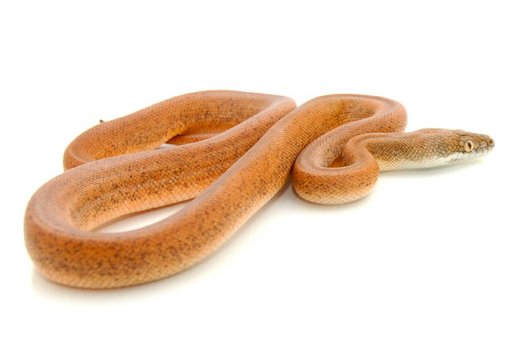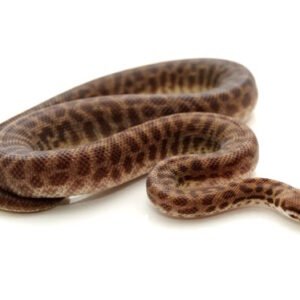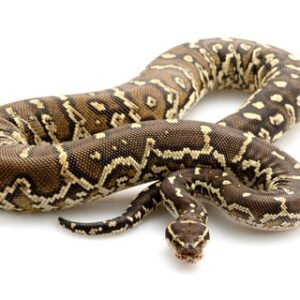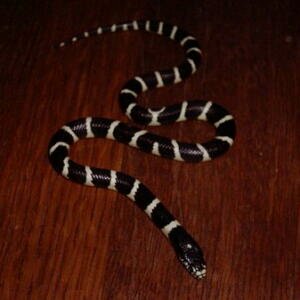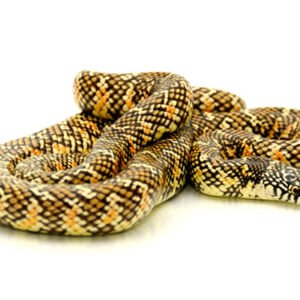Habitat and Natural Behavior of the Green Tree Python
The green tree python (Morelia viridis) is an arboreal species primarily found in the lush rainforests of New Guinea and the surrounding islands, such as the Solomon Islands and parts of Indonesia. This snake is adapted to life high up in the trees, where it can take advantage of the rich biodiversity of its habitat. The dense foliage of the rainforest provides excellent camouflage, allowing the green tree python to remain hidden from potential predators and prey alike.
These pythons typically inhabit the mid to upper canopy layers of the rainforest, where they can bask in the sun while also utilizing the branches for hunting. Their remarkable green coloration helps them blend seamlessly into their leafy surroundings, a crucial adaptation for both ambush hunting and avoiding detection. Green tree pythons primarily prey on small mammals and birds, using their exceptional climbing skills to navigate through branches and locate suitable prey. They employ a specialized hunting technique called sit-and-wait ambush, where they remain motionless, coiled around a branch until a potential meal comes within striking distance.
In terms of social behavior, green tree pythons are generally solitary creatures, coming together primarily for mating purposes. They exhibit a range of behaviors during courtship, including ritualized movements and body postures. Despite their often solitary nature, these snakes play a vital role in their ecosystem by helping to control the population of their prey, ultimately contributing to the balance within their environment. Their interactions with other species, whether as predators or through competition for resources, also underscore their importance in ecological dynamics. Understanding the habitat and natural behavior of the green tree python is essential for appreciating its role in biodiversity and the health of rainforest ecosystems.
Care and Keeping of Green Tree Pythons in Captivity
Green tree pythons, known for their vibrant coloration and striking appearance, require specialized care to thrive in a captive environment. When considering the appropriate enclosure size, it is essential to provide a vertical space rather than a broad one, as these pythons are arboreal and enjoy climbing. A terrarium with minimum dimensions of 4 feet in height, 2 feet in length, and 2 feet in width is recommended to allow for adequate climbing and exploration. Ensure that the enclosure is secure, as these snakes are skilled escape artists.
Temperature regulation is critical in a captive setting. Green tree pythons require a temperature gradient within their habitat, with a basking area reaching approximately 85-90°F (29-32°C) and a cooler side maintaining around 75-80°F (24-27°C). Lighting conditions should mimic their natural environment, incorporating a combination of UVB lighting to promote health and vitality. Moreover, maintaining appropriate humidity levels between 50-70% is important, which can be achieved through regular misting or a substrate that retains moisture. Use hygrometers to monitor humidity levels accurately.
The dietary needs of green tree pythons primarily consist of appropriately sized rodents, such as mice and rats, and should be fed once every 7 to 14 days, depending on the snake’s age and size. Proper health care practices include regular veterinary check-ups, knowing the signs of stress or illness, and maintaining cleanliness within the enclosure. Behavioral enrichment is also crucial; providing climbing structures, hides, and varied substrates can enhance their overall well-being. Common challenges faced by reptile keepers include humidity maintenance and ensuring a balanced diet, but these can be effectively addressed with careful observation and proper equipment.

